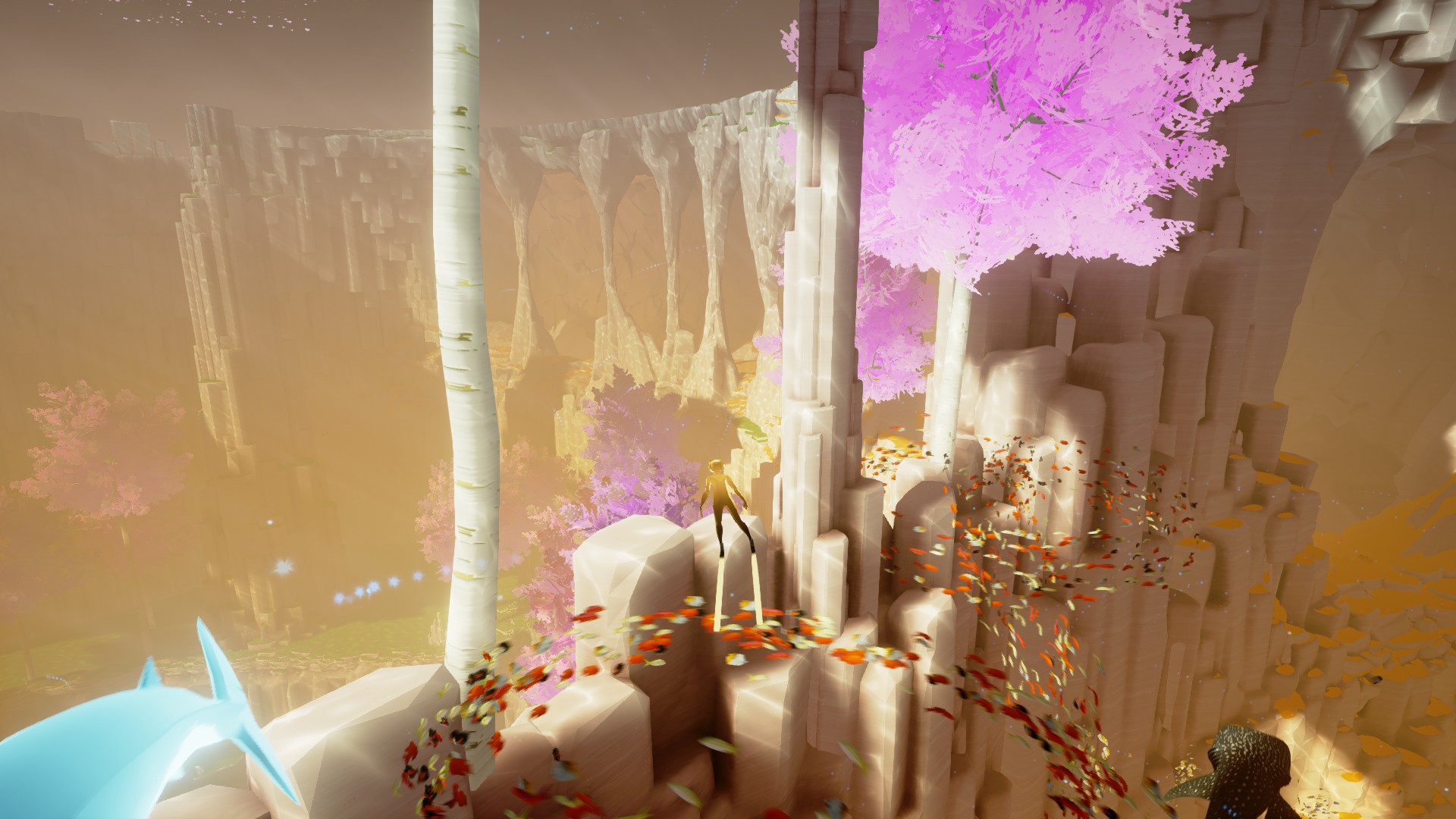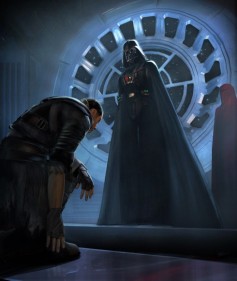5 Great Strategy RPGs (that aren’t Fire Emblem)
I’ve been getting really into Fire Emblem this past year–and although (most of) the Fire Emblem games I’ve played so far have been fantastic, it’s got me looking back on many of the other wonderful strategy RPGs I’ve played. The genre is a bit niche in the sense that in the last few years, there simply haven’t been very many strategy RPGs released in the West–let alone great ones. The mobile market, however, seems to have been getting a steady release of strategy RPG games in the last few years–and I’ll talk about that more in this list. When people who don’t play many strategy RPGs think of strategy RPGs, however, Fire Emblem is the obvious choice. After all, it’s a Nintendo title that’s enjoying a Smash Bro’s (and Awakening) induced burst of popularity, and like I said–in the last few years, we haven’t got many big strategy RPG releases outside of Fire Emblem Awakening and Fates. It’s a shame, too, because (as I’m about to show you) there are plenty of great ones to play! Without further ado, here’s a list of some of the best strategy RPGs you can play that aren’t Fire Emblem.
Shin Megami Tensei: Devil Survivor 2

via moarpowah.com
Yes, there’s a first Devil Survivor game that’s also good. No, you don’t need to play Devil Survivor 1 to play Devil Survivor 2. Yes, there’s an enhanced port called Devil Survivor 2 Record Breaker on the 3DS that’s also great. Yes, this game has an anime adaptation but it didn’t go so well and doesn’t serve even remotely as a summary of the game. Anyways, Devil Survivor 2 is one of my favorite games on the DS. It takes all the familiar themes from the first Devil Survivor game (You, your friends, and a VERY large amount of the Japanese population have been put on lock-down. Figure out why you’ve been put on lock down, make choices that could lead to a myriad of different endings, and ultimately, free everyone.) but, in the typical Shin Megami Tensei fashion, the sequel gets the gameplay and story better. The first game, although great, suffered a lot of balance and grinding issues–all of which are gone in Devil Survivor 2, leaving you more able to actually enjoy the battles in this game, not to mention the incredibly unique (and ultimately, very dark) story. The choices are more heavily emphasized in this game than the first one as well, and it really tests the player’s morals more than most other games. It’s an incredible, thought-provoking game that shouldn’t be looked over.
GrimGrimoire

via escapistmagazine.com
Funny story: I saw ads for this game in Newtype USA years ago, when it was about to be a new release, and I thought the game’s art looked gorgeous (after all: This is the first game that Vanillaware made as Vanillaware) and therefore, I wanted it. It came out shortly before my birthday, so I asked for it for my birthday, and lo and behold, I got it. The ads didn’t mention what kind of a game it was–it just had the image on the cover and a short blurb about the story, so going into the game, I had no idea what to expect. I hadn’t played a strategy RPG before then, so it took me a really long time to get the hang of this game. That never stopped it from being a fun ride, though. Usually very overshadowed by the outstanding success of other Vanillaware games like Odin Sphere and Dragon’s Crown, GrimGrimoire is absolutely a hidden gem. You play as Lillet Blan–a new student in a Hogwarts-esque wizarding school. However, strange things are going on, and in a Groundhog Day fashion, her first week keeps resetting and she has no idea why–and she’s the only one who realizes it, too. So the whole story is you trying to find out what’s going on. Using different kinds of magic (EX: Glamor, necromancy, alchemy, etc.) you’ll summon different familiars to stop your enemies. Needless to say, if you’re into mythology, this game is a must play solely because of how much mythology is present in the game.
Valkyria Chronicles

via gamespot.com
There’s an unspoken law in gaming that you can’t talk about great strategy RPGs and not bring up Valkyria Chronicles. War has erupted between the Gallians and the Imperial Alliance. You play as Welkin, the son of a very successful General, who is thrown right into it. He commands a militia squad, Squad 7, and through this, he tries to end the war one battle at a time so he can return to his peaceful life of studying nature. Admittedly, the story in this game is nothing too memorable. It’s the gameplay that makes this game so great. Valkyria Chronicles is a grade-A example of what difficulty should be in a game: Yes, this game is hard–but it’s nothing the player can’t handle. The gameplay is so simple and tight in this game that any mistakes made are 100% on the player. If you die, it’s because you messed up. Grinding, although it can’t hurt, will never be the reason you win or lose a battle. How the game play works is that you decide what troops you want to bring into battle (fun fact: 3 of the troops are characters from Skies of Arcadia) based on their classes and what kind of a strategy you want to use and who, therefore, will be the most useful. For example, if you’re in a battle with several tanks, you’ll bring extra lancers. If it’s a battle with a huge area, you’ll need extra scouts to survey the land. From there, you engage the enemy troops and fulfill your goal–which is usually something along the lines of taking over an enemy camp or defeating an enemy in a specific way. This game is on the PS3 and can usually be found at a really good price–there’s no reason not to give it a try. It’s incredibly addicting from start to finish.
Banner Saga

via bannersaga.gamepedia.com
The most recent game on this list, Banner Saga is a critically-acclaimed gem of a strategy RPG. Set in the Viking Age, you play as both Vognir and Rook–two heroes whose stories will, based on your decisions, eventually collide. Decisions are something heavily emphasized in this game, as there are many to make that can heavily change your game based on your choices. One of the best parts about the game play are the many classes and races you can have at your control–some of which come from Viking mythology such as the Varl and the Dredge. This game is available on just about any platform you can imagine–Steam, X-Box One, PS4, PSVita, iOs, and Android. As I mentioned in the intro, the mobile market seems to be a rapidly growing place for strategy RPGs, and Banner Saga is one of the reasons why–with its many features, engaging story, gorgeous art, and wonderful game play, it’s not hard to see why this game is so loved.
Final Fantasy Tactics: The War of the Lions

via Square-Enix.com
Another reason that the mobile strategy RPG market is doing so well right now, Final Fantasy Tactics: The War of the Lions is a gem on the PSP, and now that it’s available on mobile devices, is enjoying a new wave of fans who simply didn’t have a PSP when it came out. (Or were like me and were too busy playing the same 2 games on their PSP to care about many of the others.) This game is, at its core, an updated version of the original Final Fantasy Tactics which was released on the PS1 in 1997. You play as Ramza, a mercenary who finds himself caught in the midst of a civil war that could affect the fate of the world. Like Banner Saga, this game is very well loved by critics and receives consistently good scores. And of course, it’s not a Final Fantasy Tactics game without a few cameos: Including Cloud Strife (FF7), Luso Clemens (FFT A2), and Balthier (FF12.) This is a game I’d recommend not just to fans of strategy RPGs, but Final Fantasy fans looking to get into strategy RPGs as well.
Honorable Mentions: Ogre Battle 64, Jeanne d’Arc, and the Disgaea series
















































